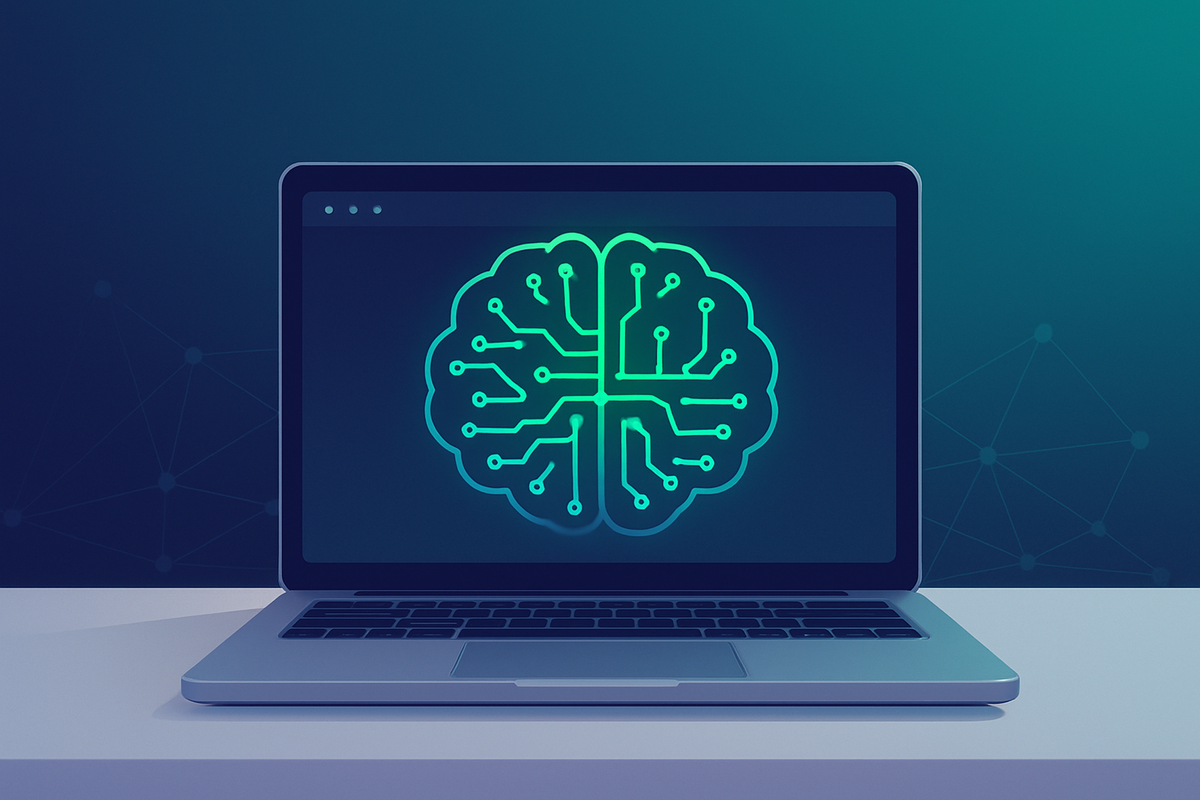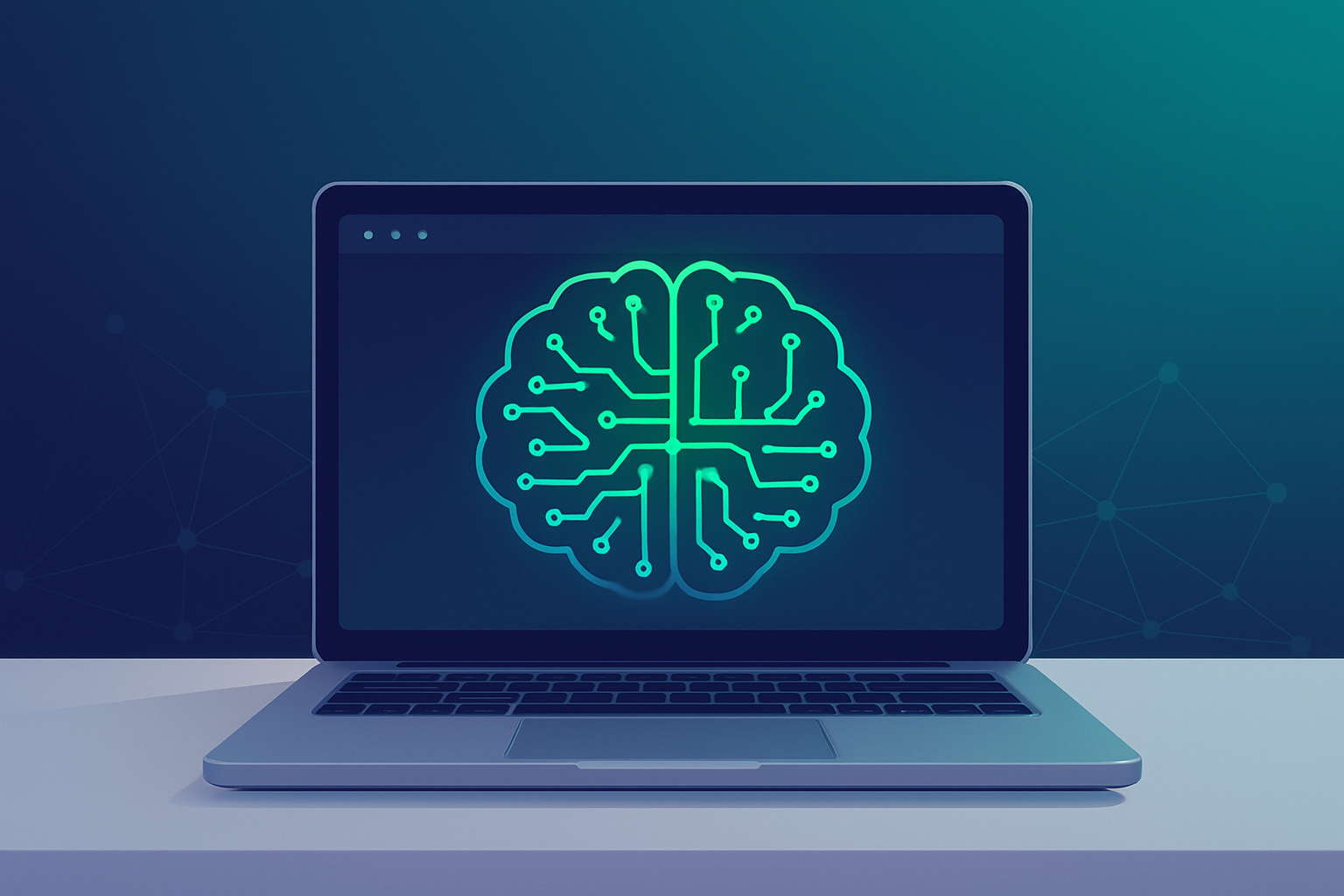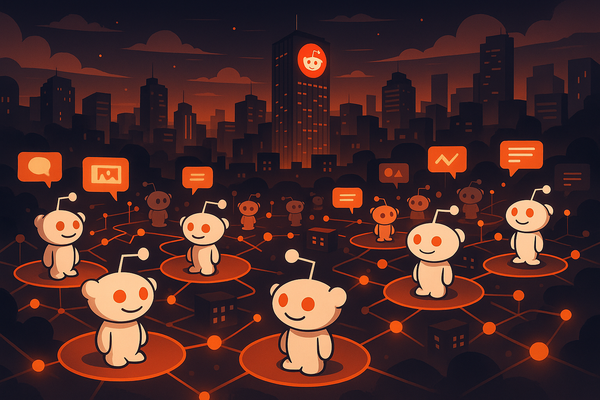Perplexity Eyes Desktop Revolution: CEO Details Vision for On-Device AI Models


As the AI arms race heats up, one of Silicon Valley’s most-discussed startups, Perplexity, is setting its sights far beyond the chatbot wars. In a candid conversation with Matthew Berman on YouTube, Perplexity CEO Aravind Srinivas outlined an ambitious plan: bring the intelligence of AI models out of the cloud and directly onto users’ desktops.
This vision, Srinivas argues, is not just a technical curiosity but a pivotal next step in user privacy, speed, and control—one he believes will shape the future of web browsing and personal computing.
From Chatbots to Browsers: The Strategic Shift
“The game for who owns the chat layer is already won,” Srinivas said bluntly, referencing the dominance of OpenAI’s ChatGPT and the saturation of new entrants trying to “leapfrog” the competition by adding incremental features. Perplexity, which made its name by pioneering multi-step reasoning and search, has already become, by Srinivas’ estimate, the second most-retained AI chatbot after ChatGPT.
But rather than battle over the chat interface, Perplexity is staking its future on the next layer up: the web browser itself. “You use your browser more than any chat app,” Srinivas noted. “It’s an extremely sticky product. Once you’re there, it takes a lot of effort to go back to another browser.”
The launch of Perplexity’s own browser, Comet, is both a defensive and offensive move—intended to control the user experience end-to-end, de-risk the company from reliance on Google Chrome, and unlock powerful AI-driven agent workflows impossible in traditional browsers. “There are things you can only do on the browser,” Srinivas explained, “especially as agents become the next frontier for AI.”
Why On-Device Models Matter
A recurring theme in the conversation was the contrast between Perplexity’s vision and the prevailing trend of running AI exclusively in the cloud. Hosted “agent” environments, Srinivas argues, are fundamentally limited. Users must repeatedly authenticate and re-authorize access, every session is isolated, and privacy concerns abound: “Why would you want logged-in versions of your clients on third-party servers? That’s an extremely risky proposition.”
By shifting more of the intelligence onto the client—i.e., the user’s own device—Perplexity aims to solve several problems at once:
- Speed: Locally-run models can respond and interact with browser tabs, email, and files far more quickly than cloud-based agents that require repeated network roundtrips.
- Privacy: Sensitive information, from authentication tokens to personal documents, never leaves the user’s machine. “All your data lives on your client. We don’t need to take any of it,” Srinivas stressed.
- Control: Locally-hosted agents can manage workflows across the desktop, interacting with files, forms, and apps in a way cloud bots simply can’t.
“We want to train models that are really good at controlling the browser,” Srinivas said, hinting at a new category of agent that can, for example, handle multi-tab research, price comparison, email triage, or event guest management with human-level dexterity.
The Technical Hurdle—and Why It Will Fall
For now, frontier models like GPT-4, Claude 3, or Perplexity’s own “Sonar” are too large to run efficiently on consumer hardware. But Srinivas is optimistic that this is a temporary problem.
“If we can make models small enough, fast enough, and power-efficient enough to run locally—without draining your battery or compromising intelligence—that’s the true magic,” he said. He points to rapid progress in model distillation, specialized inference kernels, and the advent of NPUs (Neural Processing Units) in modern laptops as evidence that this dream is within reach.
“The only way we can make agents truly fast is to train our own models that are small enough to be hosted locally. Local would be extremely amazing…not just for speed, but for privacy. You don’t even have to worry about what lives on the server side anymore.”
Srinivas predicts that, as with the shift from mainframes to personal computers, more and more AI intelligence will move to the edge over time. “Why would you bet against this happening? Algorithmically, it works. Technologically, we’re getting closer every year.”
Beyond the Browser: A Path Toward AI Operating Systems?
Berman pressed Srinivas on the possibility of Perplexity building an entire operating system—a move that would further erode Google’s grip on the desktop. Srinivas dismissed the notion of a Perplexity hardware device (“we don’t have the expertise”), but left the door open to an AI-first OS. “The OS is a lot more achievable than I thought, especially after working on a browser,” he admitted, suggesting that “earning the right” to build such an ambitious layer is a matter of sequentially solving increasingly difficult product challenges.
Competing with Tech Titans on Their Home Turf
Perplexity’s browser initiative directly challenges incumbents—most notably Google, which generates over 15 billion search queries daily through Chrome’s omnibox. Srinivas argues that Google’s cautious rollout of AI features in Chrome is driven by the need to protect its core ad revenue: “If agents automate clicks and purchases for users, why would advertisers keep spending billions on AdWords?” He notes that Google’s Project Mariner—a $250 per month AI extension for Chrome—remains niche, whereas a startup like Perplexity can iterate faster and cultivate early adopters via an invite-only rollout.
Yet threatening Chrome is no small feat. Google’s enterprise-grade security, massive infrastructure, and deep-pocketed bureaucracy present formidable barriers. Perplexity, in contrast, must convince users to switch browsers—a challenge compounded by Chrome’s entrenched default status on devices worldwide. Still, Srinivas believes that delivering a genuinely superior AI-assisted browsing experience—one where agents seamlessly orchestrate multi-step tasks with local speed and privacy—will prove a strong enough “moat” to attract and retain users.
Monetization Beyond Ads: Outcome-Based Pricing
Perhaps even more striking than the technical vision is Perplexity’s planned business model. Unwilling to rely on the advertising “mafia,” Srinivas envisions charging users based on outcomes rather than impressions. “Pay per task completed,” he suggests, akin to hiring a human assistant: a retainer fee for ongoing access, plus usage-based fees for discrete, high-value workflows. This model, he argues, aligns incentives directly with delivered value—whether that’s saving hours on research, automating repetitive email triage, or orchestrating complex purchases.
Such outcome-based pricing could yield sustainable revenues in the tens of billions annually, Srinivas believes, without matching Google’s ad-driven $200 billion juggernaut. Moreover, it would democratize access: users who derive transformative time savings could justify higher fees, while cost-sensitive individuals might select subscription tiers aligned with their usage patterns. Crucially, it avoids the privacy trade-offs inherent in ad-supported services.
Privacy as a Product Differentiator
Perplexity’s on-device strategy doubles as its strongest privacy guarantee. By default, all authentication tokens, cookies, and personal files remain local. Only minimal, task-specific context—screenshots or text snippets—travels to Perplexity’s servers, and even that can be configured for zero retention. “We don’t store your prompts or intermediate chains of thought,” Srinivas emphasized. For incognito-like “private mode,” all data is transient.
In an era of high-profile data breaches and regulatory scrutiny, this architecture not only reduces Perplexity’s liability but also appeals to privacy-conscious users and enterprises. By contrast, server-hosted agents must manage a litany of security protocols—token refresh, cookie expiration, encrypted storage—exponentially increasing the attack surface. Perplexity’s model sidesteps these risks, positioning privacy not as a compliance checkbox but as a core user benefit.
The Road Ahead: A Decade-Long Commitment
Building a Chromium-based browser with integrated AI agents was an eight‑month sprint; scaling it to hundreds of millions of users, refining AI capabilities, and ultimately shipping local models will take years. Srinivas is candid: “We’re committing to a decade of work here.” That includes continuous feature upgrades, infrastructure hardening, and iterative model training—both for summarization/citation (“Sonar” models) and for browser control workflows.
He also acknowledges that frontier AI research remains crucial: open‑source models may close the gap, but only those companies able to integrate, fine-tune, and productize them with robust tool orchestration will win the user interface war. “It’s not enough to have the smartest model; you need the best context engineering and workflow integration.”
Conclusion: Betting on the Edge
Perplexity’s bet on desktop AI—transforming the browser into an intelligent agent hub—represents a bold pivot from the cloud‑centric paradigm. If successful, it could redefine how users interact with the web, unbundling search, chat, and task automation into a seamless on-device experience. Whether this vision becomes reality hinges on advances in model distillation, edge compute hardware, and user willingness to adopt a new browser.
But for Aravind Srinivas and his team, the stakes are clear: “We’re not here to play number two. We want to build the first truly intelligent browsing platform—one that lives on your desktop, learns from your context, and puts you firmly back in control of your data and your time.”



